Michael Semak (1934, Welland, Ontario–2020, Oshawa, Ontario)
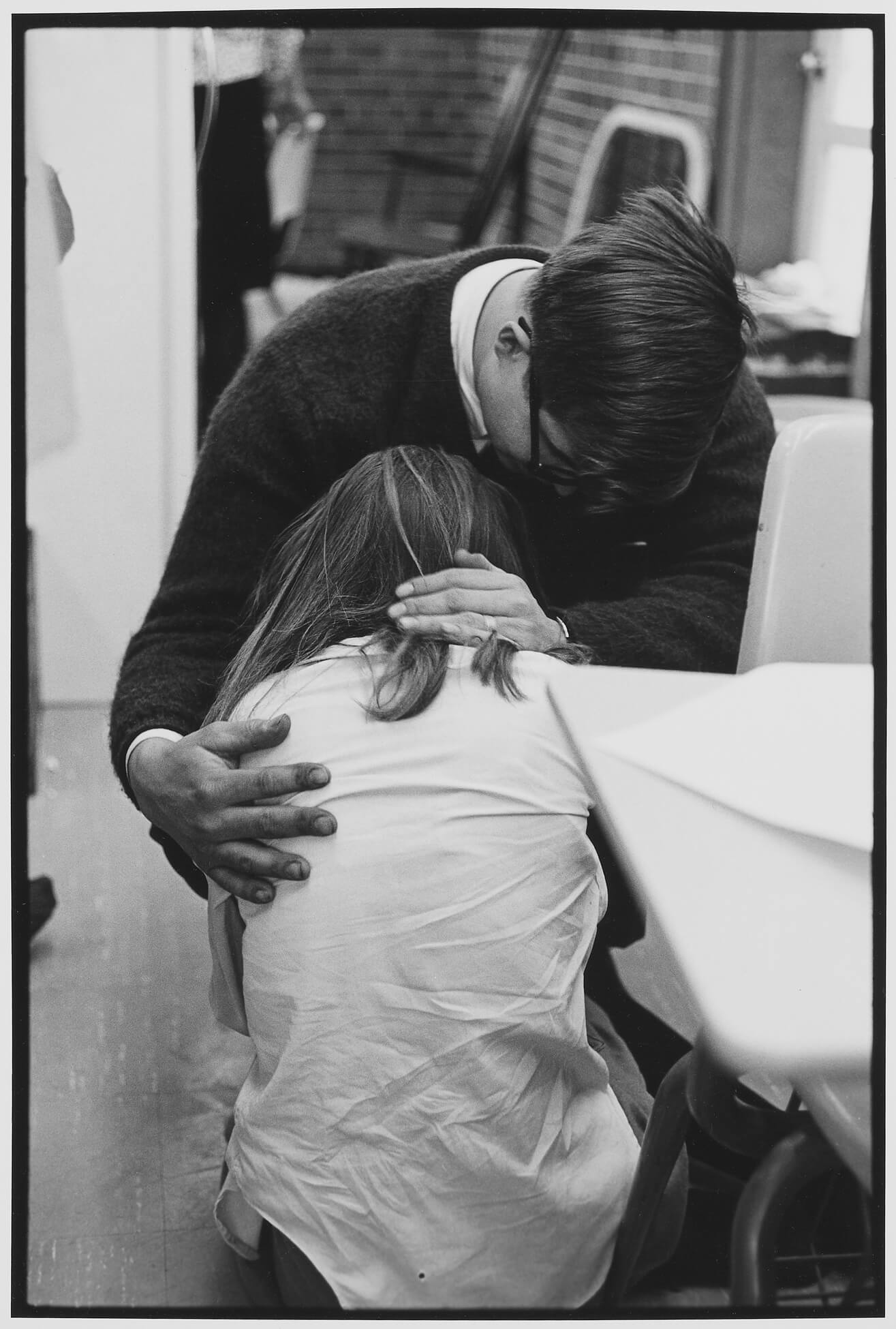
Untitled, January 1966
Gelatin silver print, 35.5 x 27.8 cm; image: 34.2 x 23 cm
CMCP Collection, National Gallery of Canada, Ottawa
© Estate of Michael Semak / CARCC Ottawa 2023
Michael Semak (1934–2020) is best known for his intimate, intense documentary photographs from the 1960s and 1970s. In this untitled image, we see a young man comforting a long-haired seated figure. The man’s head is bowed and his hands rest on her back and neck as she tilts her head into his chest. Only the location in which the photograph was taken gives us some context for this dramatic emotional encounter. Warrendale was an experimental institution outside of Toronto for the psychological treatment of children. Unlike earlier generations of documentary photographers, Semak’s photographs do not seek to order the world or to advocate for specific causes. Instead, his goal was to “provoke, disturb, and enlighten.”
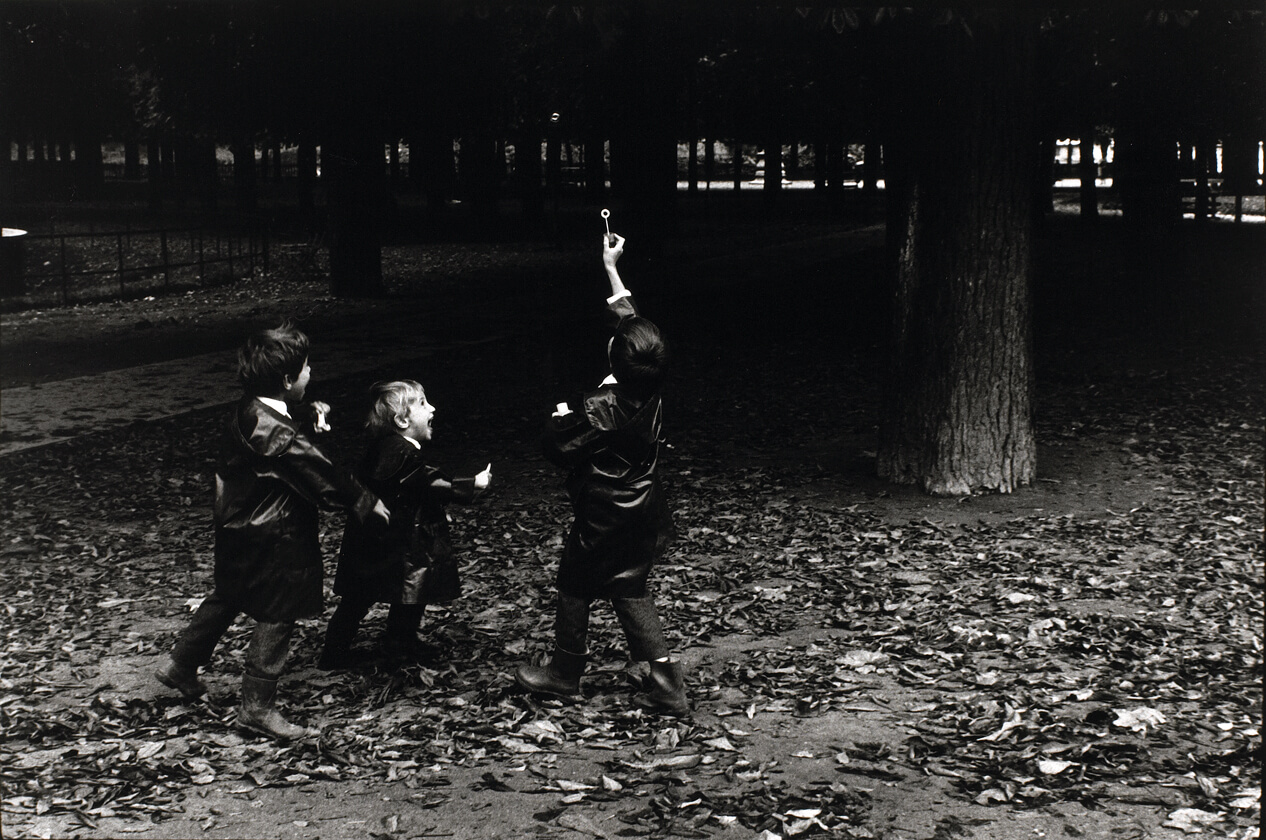
As a leading figure among a younger generation of photographers who brought a distinctly subjective approach to documentary photography, Semak was in demand as a freelancer working for the National Film Board (NFB) and helped to shape the Still Photography Division’s shift to a more modern style of photography under the direction of Lorraine Monk. In the midst of the social upheavals of the 1960s and 1970s, Semak found suitable photographic subjects in his own family and members of socially marginalized communities in Canada, and by travelling the world.
In 1969, the NFB published a series of photographs Semak made on a Canada Council–funded trip to Ghana in the wake of Ghana’s independence from Britain, and the photo series won the NFB’s Gold Medal. Many of his projects were commissioned by the NFB, although he also worked for major news publications like Time, LIFE, and National Geographic. As well, his work was published in photographic art magazines such as Impressions (Canada) and Camera (Switzerland). Semak taught at York University for three decades.

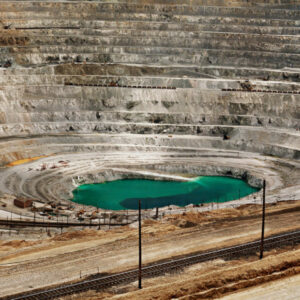 About the Authors
About the Authors
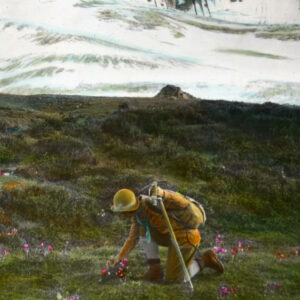 More Online Art Books
More Online Art Books
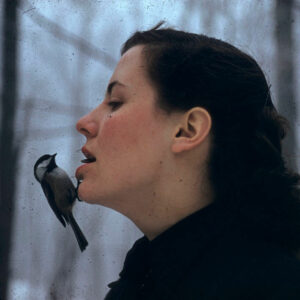 Acknowledgements
Acknowledgements